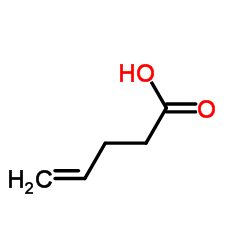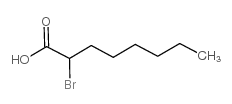| Structure | Name/CAS No. | Articles |
|---|---|---|
 |
4-Pentenoic acid
CAS:591-80-0 |
|
 |
Octanoic acid, 2-bromo-
CAS:2623-82-7 |